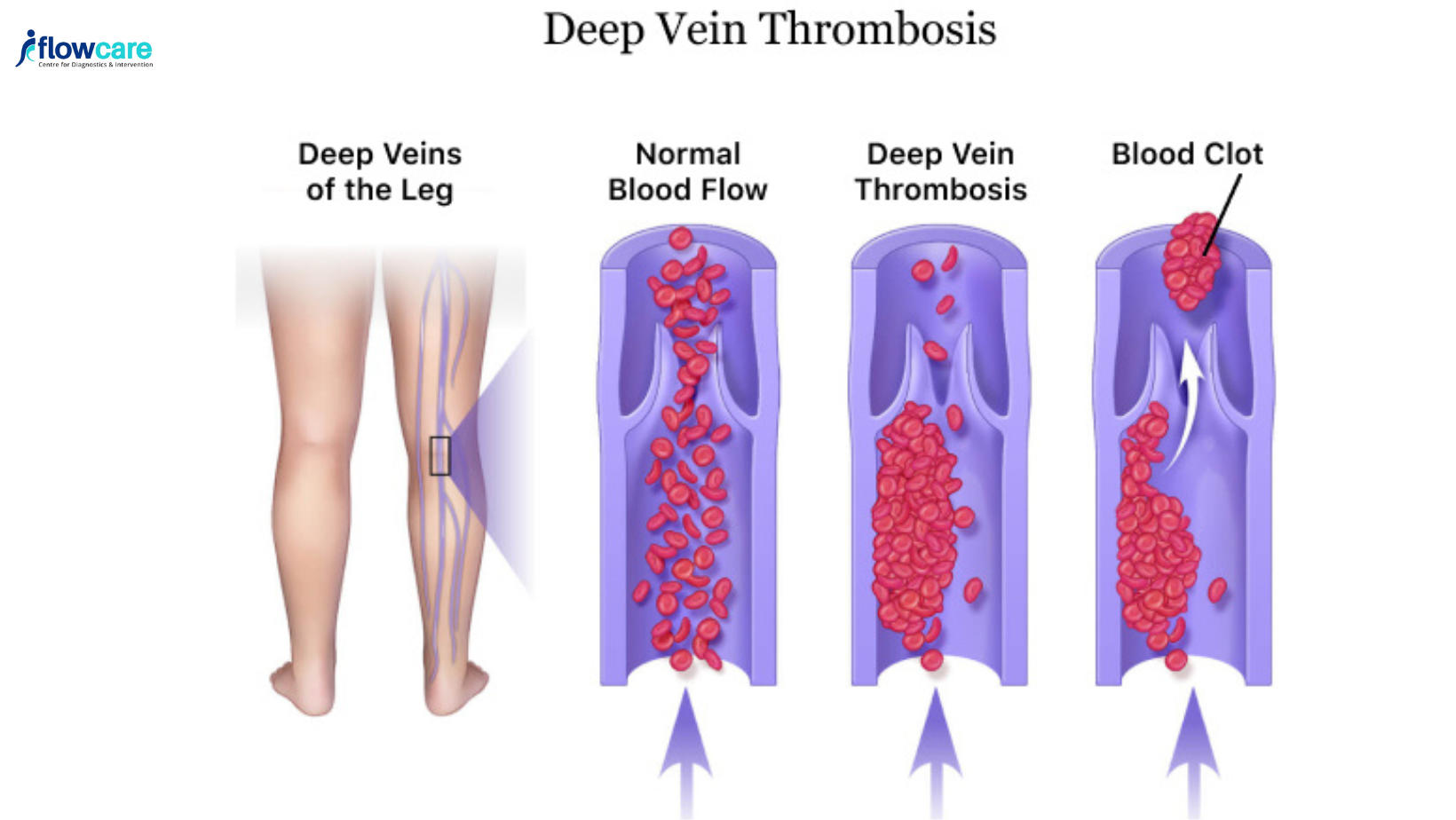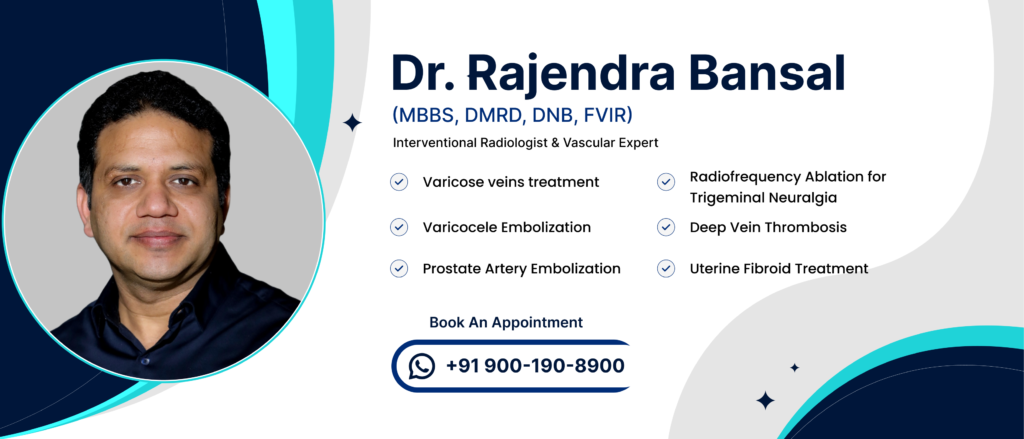
What is Deep Vein Thrombosis?
Deep vein thrombosis (DVT, also called venous thrombosis) is a medical condition characterized by the formation of a blood clot, or thrombus, within a deep vein in the body. The most common location for DVT is in the legs, but it can also occur in the arms, pelvis, or other parts of the body.
DVT disease is a serious condition that can have life-threatening complications if left untreated. The main complication of venous thrombosis is a pulmonary embolism (PE), which occurs when a piece of the blood clot breaks off and travels to the lungs. A pulmonary embolism can cause difficulty breathing, chest pain, and even death.
The causes of DVT disease include immobility, injury, surgery, and certain medical conditions such as cancer, heart failure, and inflammatory diseases. Risk factors for Vein Thrombosis (DVT) include older age, pregnancy, hormonal therapy, and a family history of the disease.
The signs of DVT include swelling, pain, and redness in the affected limb. The affected limb may also feel warm to the touch and tender when pressed. The pain may worsen when you stand or walk, and you may also feel a dull ache when you are at rest. Some other symptoms can include shortness of breath, chest pain, and a rapid heartbeat.

If you suspect that you have signs of DVT, it is important to seek medical attention immediately. Deep vein thrombosis (DVT) can be diagnosed with imaging tests such as Color Doppler ultrasound or computed tomography (CT) scans. DVT treatment typically involves anticoagulant medications, which help to prevent the blood clot from growing larger and prevent new clots from forming. These medications include heparin, warfarin, and newer drugs such as rivaroxaban and dabigatran. In a few cases where the thrombus load is high in the thigh or abdomen veins, catheter-directed thrombolysis or mechanical thrombectomy is a novel treatment.
In some cases, an IVC filter may be placed in the vena cava to prevent migration of clot from legs to heart, condition called venous thromboembolism. Preventing DVT is crucial, especially for people at high risk for the dvt disease. This can include:

Maintaining a healthy weight: obesity is a risk factor for Deep Vein Thrombosis (dvt), so maintaining a healthy weight can help to prevent the condition.
Staying active: increasing mobility, such as getting up and walking around frequently and avoiding long periods of immobility can help to prevent DVT.
Avoiding smoking: smoking is a risk factor for deep venous thrombosis (dvt), so avoiding smoking can help to prevent the condition.
In conclusion, Deep vein thrombosis (DVT or venous thrombosis) is a condition where a blood clot forms in a deep vein, usually the leg. This can cause pain, swelling in the leg, and other serious health problems if the clot breaks loose and goes to the lungs. It is a serious condition because it can cause long-term damage to the veins and may lead to complications such as pulmonary embolism (PE).
There are various DVT treatments, but the most important thing is to prevent the condition from occurring in the first place. This can be done by maintaining a healthy lifestyle, staying active, and avoiding long periods of immobility. If you are at risk of DVT, your doctor may also recommend taking medication to prevent the condition.







